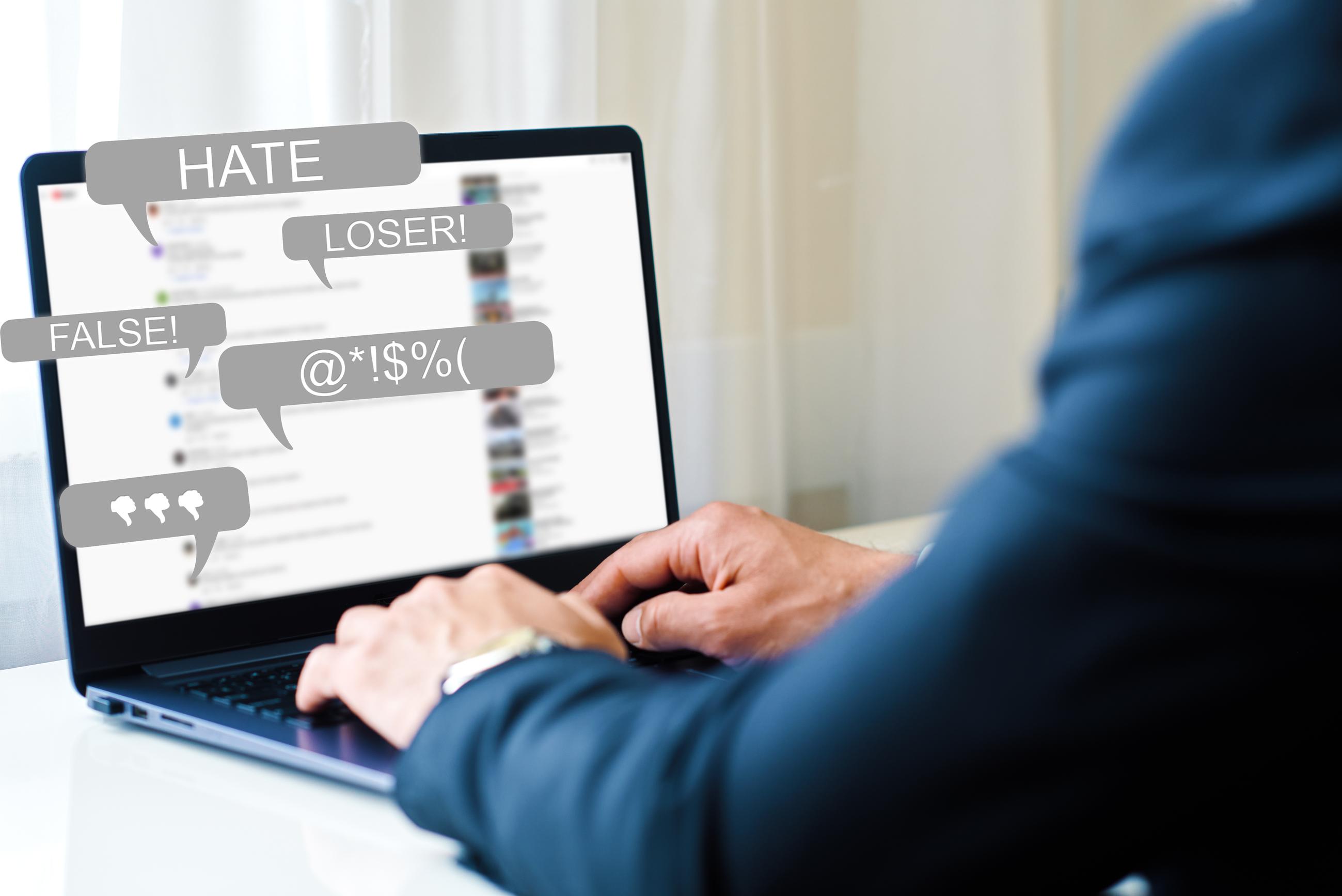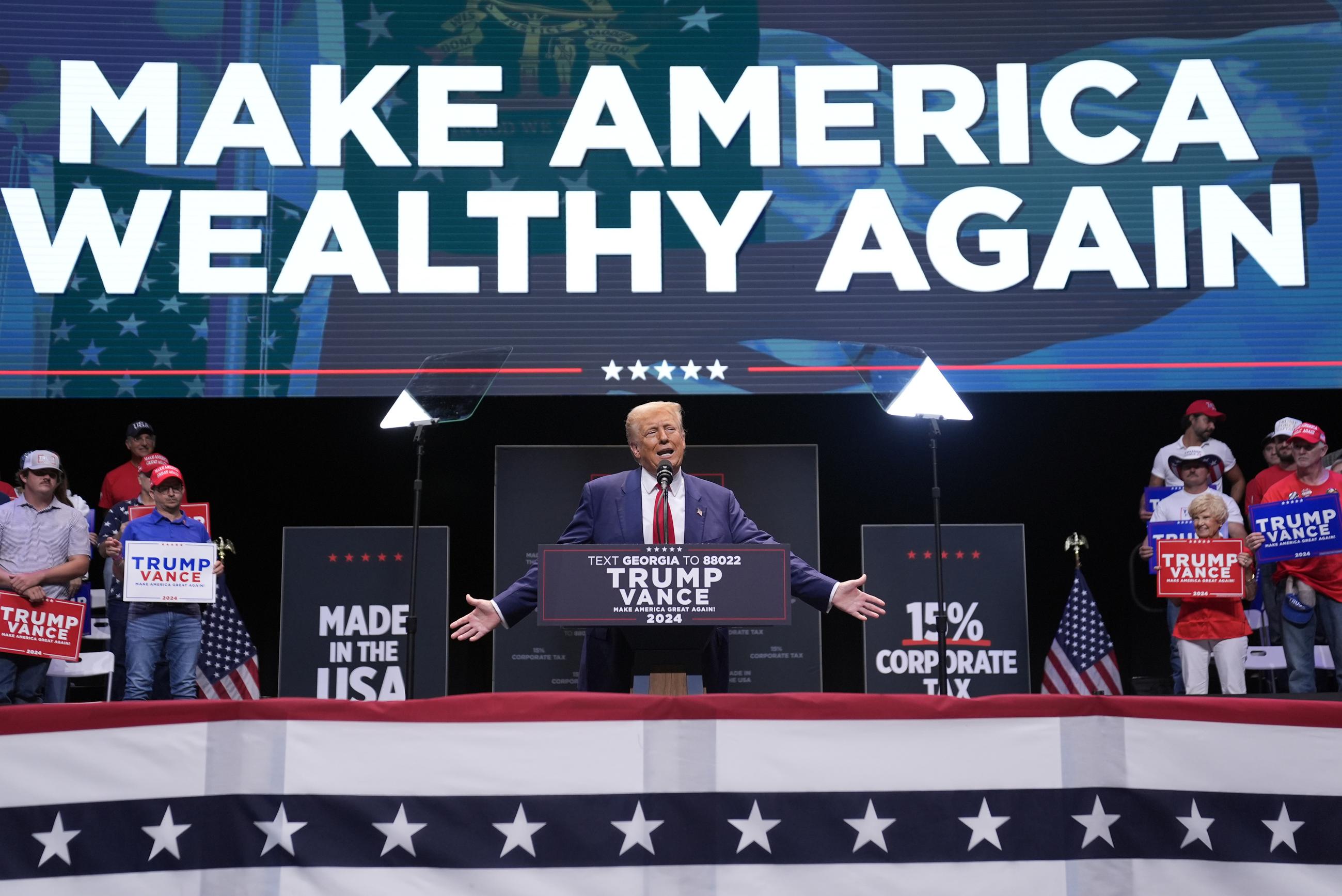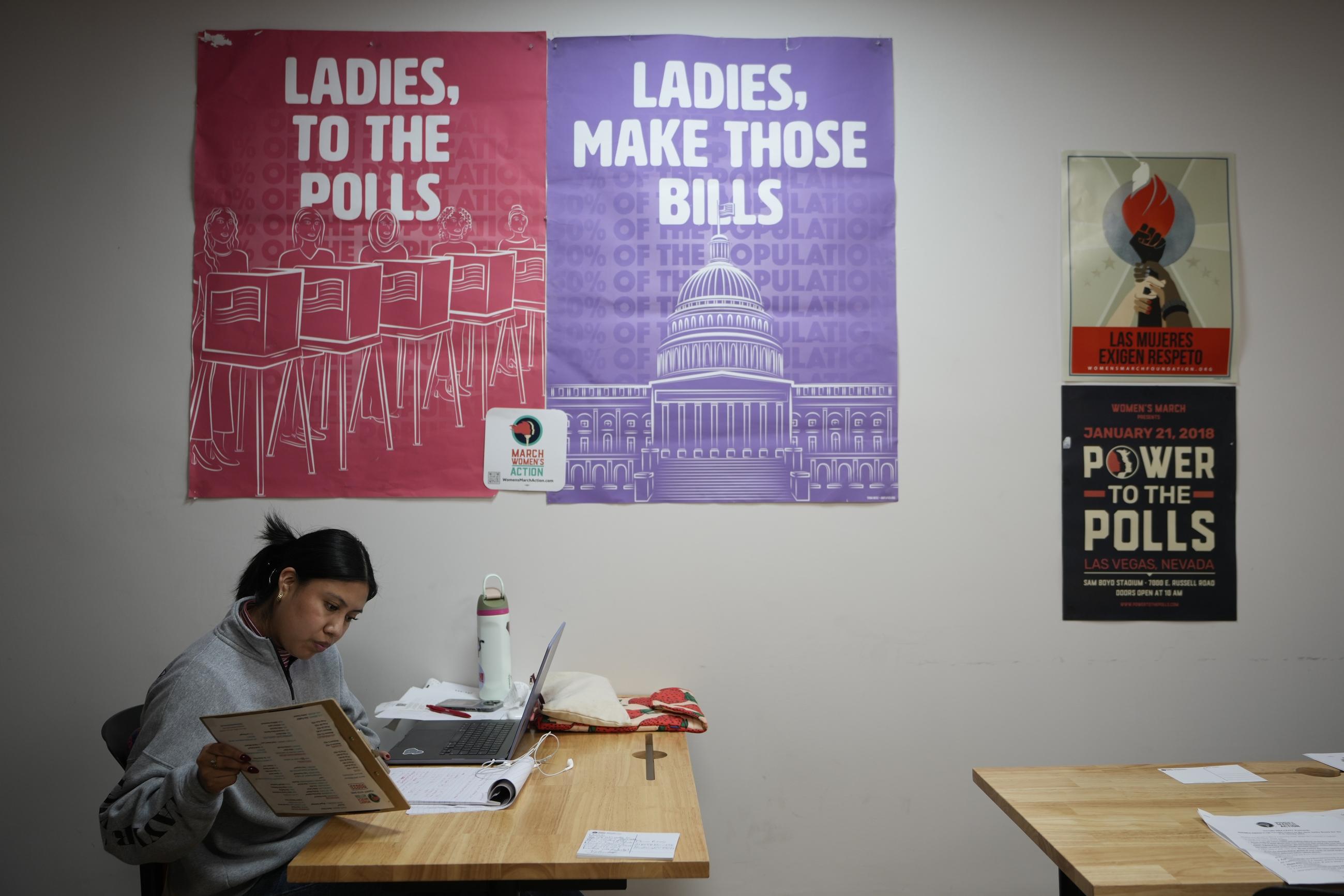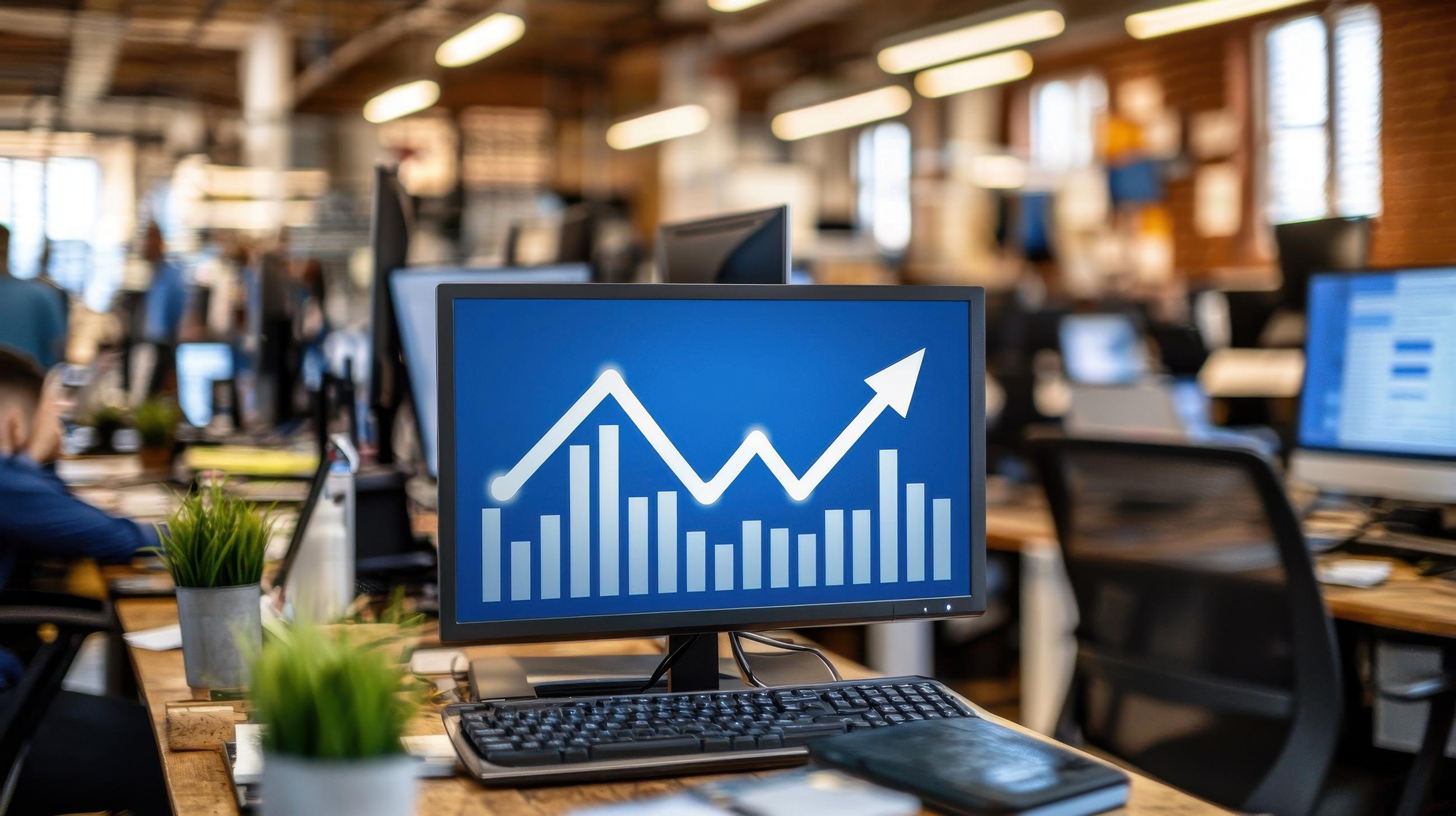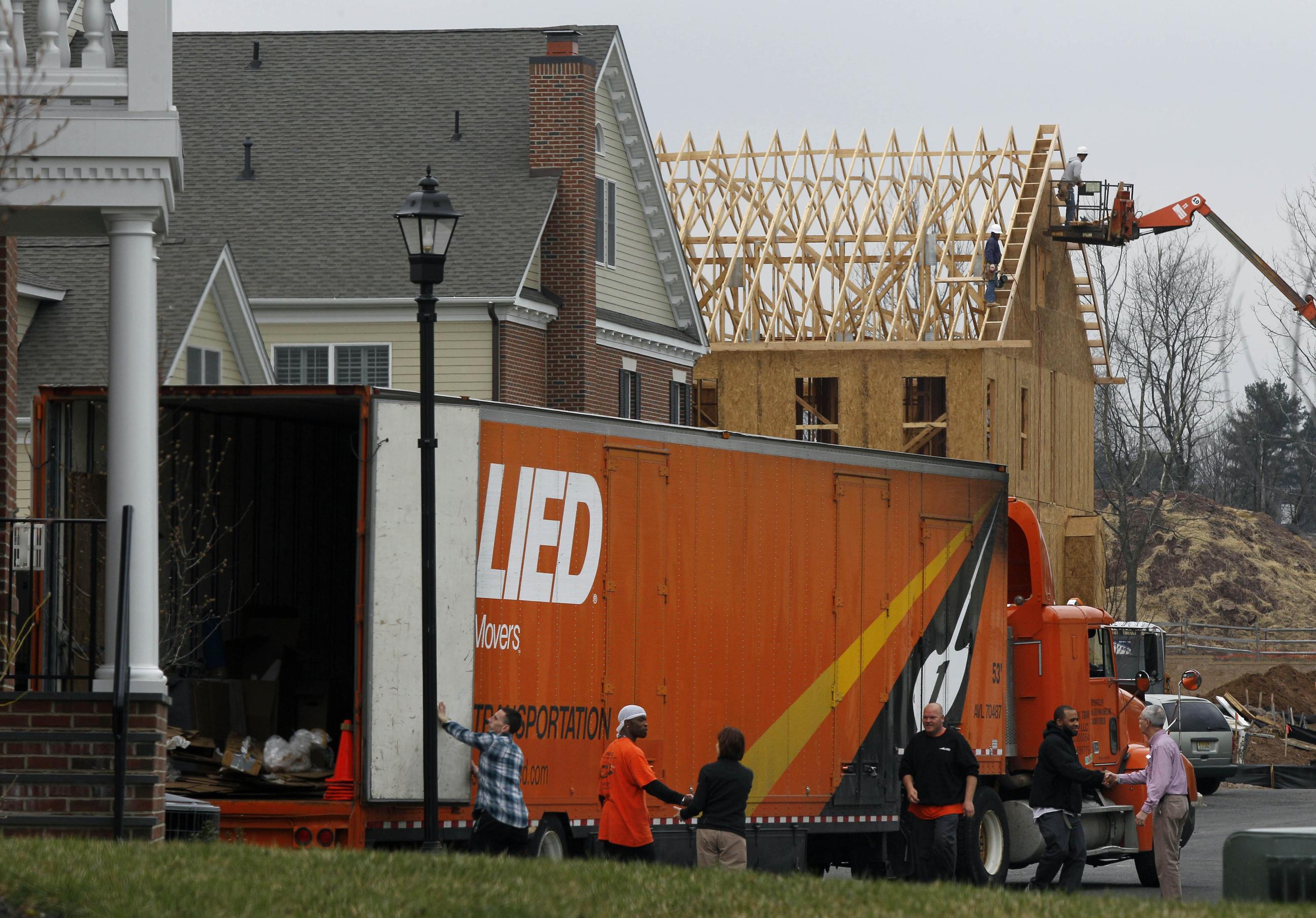I remember exactly what I was doing when I got my first death threat on what was then Twitter. It was a Saturday morning in June of 2016. I had gotten up to go to a gym class, driven my Jeep Wrangler home with the top off, and was sitting in my living room in idyllic Hyde Park, New York, checking the news on my laptop.
And there it was on my screen. My profile picture photoshopped into a gas chamber with a cartoon of Donald Trump pushing the gas button with the word “SOON” across the bottom of the image. I don’t remember the text of the threat. The image was plenty.
I worked for what was then The Huffington Post doing political polling and elections coverage. I only had five or six thousand Twitter followers, but that was enough to get me targeted. I’m not sure how long I sat in the chair, frozen. I was pretty young and not used to having a public profile.
Over time I learned to shrug off the death threats—except for later in 2016 when “pharma bro” and frequent Twitter harasser Martin Shkreli sent his mob after me and I was overwhelmed by thousands of threats of murder, rape, kidnapping—you name it. Over the years, I’ve been threatened by people from a whole range of political ideologies and varying levels of sanity.
My public profile is minuscule compared to many in politics and media, so I get a tiny fraction of what others see. I often look at the replies to posts to see reactions to big-name people. It’s ugly out there. One person’s extreme language may seem like nothing, but when there are hundreds of similar replies it’s overwhelming.
Somewhere in the last 15 years, we went from social media as a connector and a virtual public square to a place where people are harassed, doxxed, and threatened for having the wrong viewpoints. What is the “wrong” viewpoint? Anything that doesn’t match the mob’s point of view.
Social media has dehumanized us and ruined us. Violent rhetoric is constant, and the tendency to blow it off as just dumb people acting dumb runs up against reality with Minnesota House Speaker Melissa Hortman being gunned down in her own home and Charlie Kirk taken out in front of a crowd of college kids.
There are lots of surveys that try to measure support for political violence. It’s tricky to do that because “political violence” is a murky term. Some say words can be violence. Others say “violence” clearly means acts that harm other humans and property, like riots, shootings, and street brawls. The solution is to ask about support for specific acts of violence. By that standard, support for violence is generally—and fortunately—quite low.
Most people don’t consider lobbing threats online as “political violence,” however. People lose all sense of humanity behind a computer. They don’t consider the human behind the avatar or handle they are responding to. After all, it’s just a few pixels on the screen, right?
More than 6 in 10 Americans agree that harsh political rhetoric can lead to violence, and research shows that they’re right. It’s also worth noting that young people—who have grown up with social media—are more accepting of political violence than prior generations. Research shows that may not be a coincidence, either.
Sure, most people saying awful things on social media are likely “just blowing off steam.” But when you’re the human on the receiving end of the threats, you don’t know who is truly insane enough to do something in real life.
And if they do, you won’t be able to hold social media companies accountable. Tech companies remain legally shielded from any legal responsibility for what happens on their platforms by Section 230 of the 1996 Communications Decency Act. The internet is quite different nearly 30 years later, but Congress has never updated the law. That might help the situation.
In the meantime, we’re left with individual companies deciding when and how to crack down on bad behavior. But as soon as one company acts, another will emerge that’s perfectly willing to be a safe haven for bad actors. In the case of Twitter, Elon Musk simply purchased it and removed all the safeguards.
Most people don’t ever see the negative sides of social media. Statistics show that something like 97 percent of political posts are made by 10 percent of users, and only a small fraction of those are nefarious. At the same time, when hundreds of millions of people use a site, even a tiny fraction is a very large number of people generating violent content.
It only takes one person to take it literally and end a life.
Contributing editor Natalie Jackson is a vice president at GQR Research.

